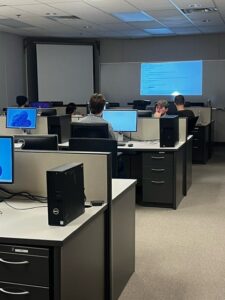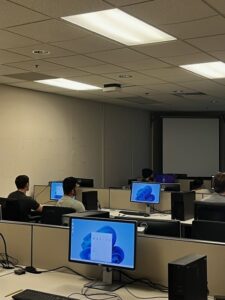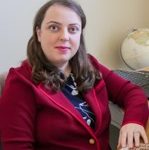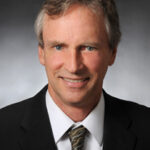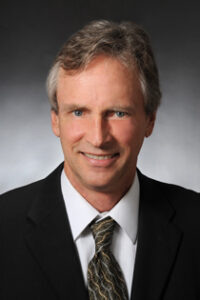Farzaneh Ahmadi, a Ph.D. student in the Electrical and Computer Engineering (ECpE) department, is the recipient of the Research Excellence Award presented by ISU’s Graduate College. This award is in recognition of her outstanding research accomplishments in a graduate program. Her research focus involves developing In-line nondestructive evaluation methods for polymer- and metal-based additive manufacturing (AM) processes under the direction of Dr. Reza Zoughi through the Center for Nondestructive Evaluation (CNDE).
The intent of this program is to recognize “the best of the best” graduating students. This award aims to recognize graduate students for outstanding research accomplishments as documented in their theses and dissertations. Students are expected to be academically superior and able to not only do the research but also to develop a well-written product.
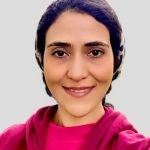
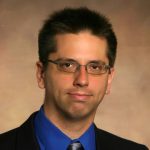
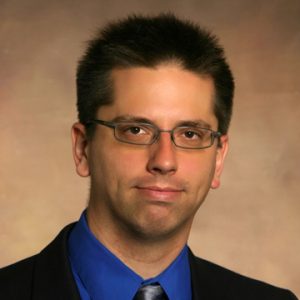
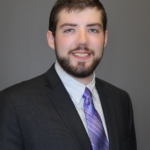
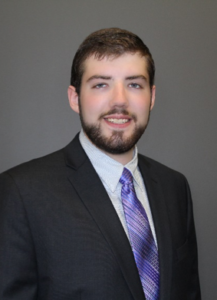 ot in contact with
ot in contact with 
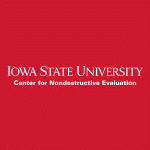
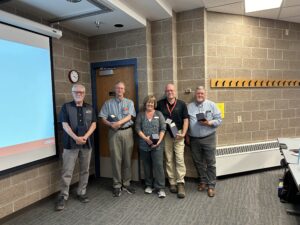
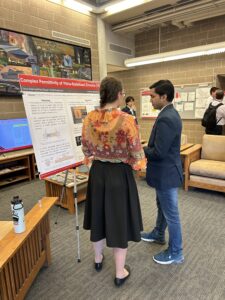
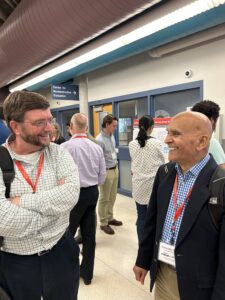
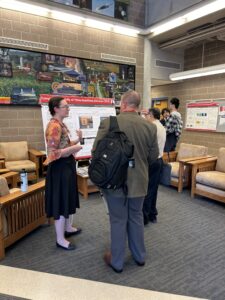
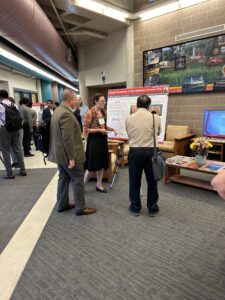
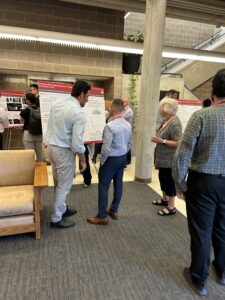
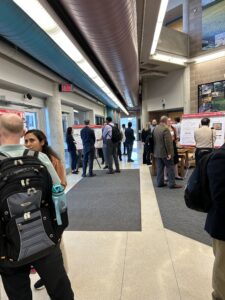
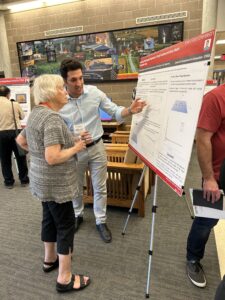
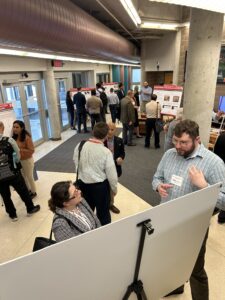
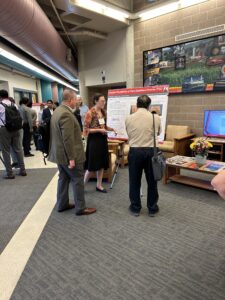
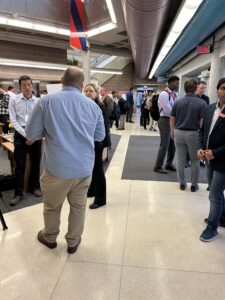
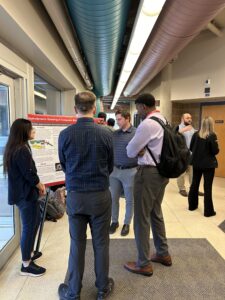
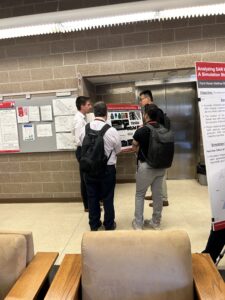
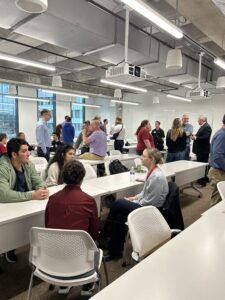
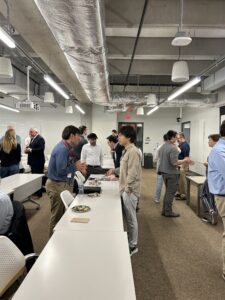
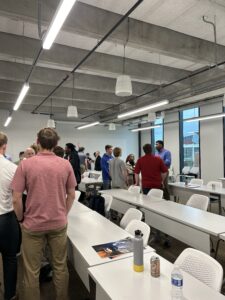
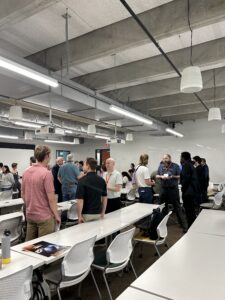

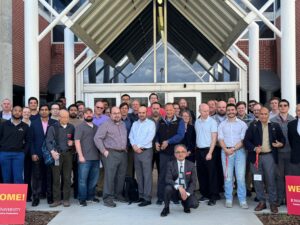
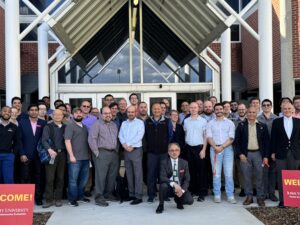
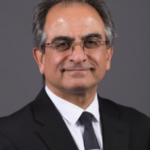
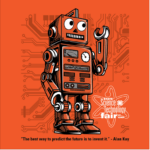
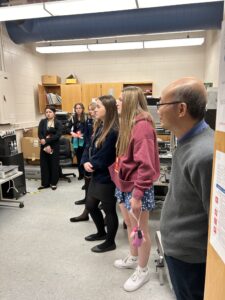
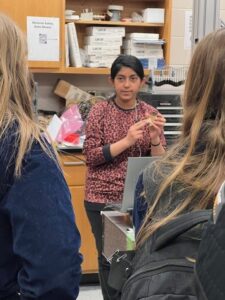
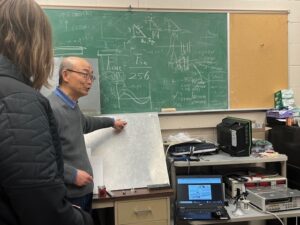
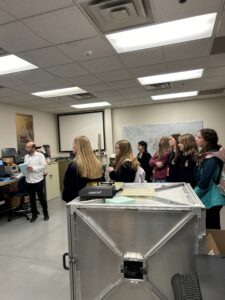
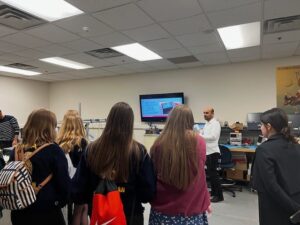
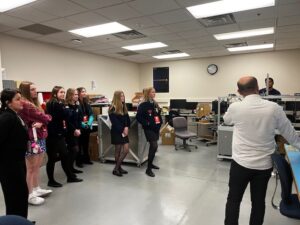
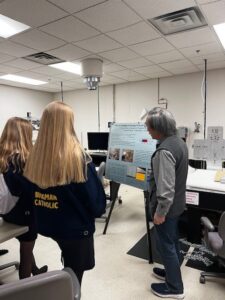
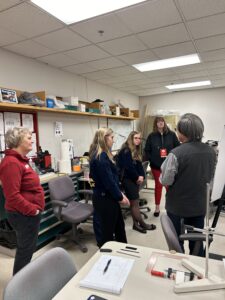
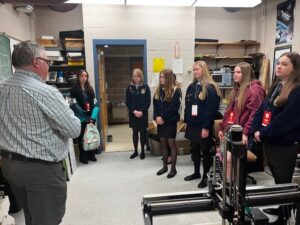
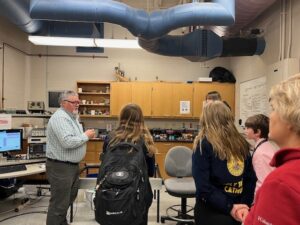
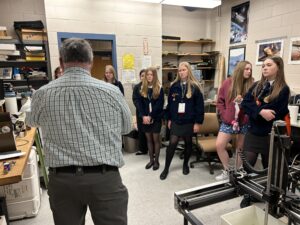
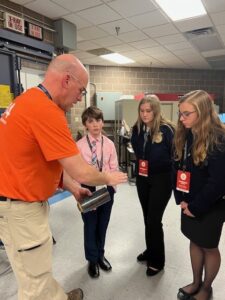
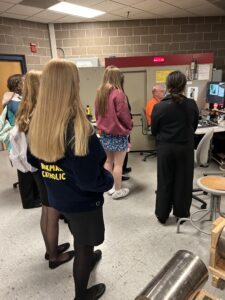
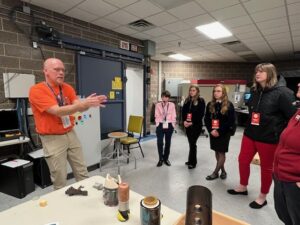
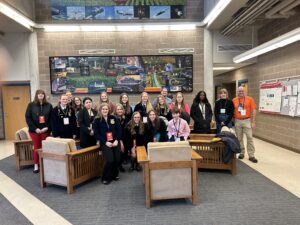

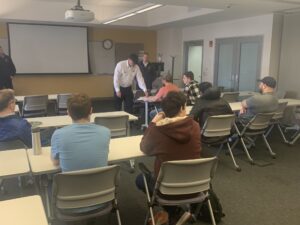
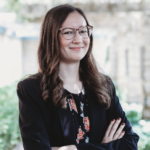
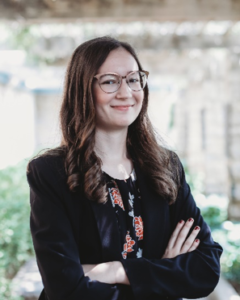
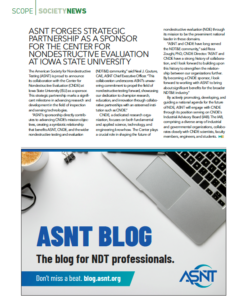 The February issue of
The February issue of 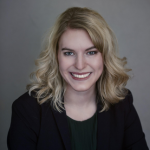
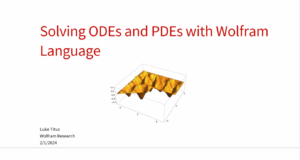 On the afternoon of Thursday, February 1st the American Society of Nondestructive Testing (ASNT) Iowa Section hosted their first technical talk of the year. Luke Titus, who holds a PhD in Theoretical Nuclear Physics from Michigan State University, gave a presentation on the use of Mathematica software for solving ordinary and partial differential equations. The hybrid talk, which was mainly attended by engineering graduate students, was hosted at the Center for Nondestructive Evaluation (CNDE) with Mathematica pre-installed on computers so that audience members could follow along. Iowa State University provides Mathematica to students free of charge. After the presentation, attendees were also emailed the notebook files with examples used during the demonstration.
On the afternoon of Thursday, February 1st the American Society of Nondestructive Testing (ASNT) Iowa Section hosted their first technical talk of the year. Luke Titus, who holds a PhD in Theoretical Nuclear Physics from Michigan State University, gave a presentation on the use of Mathematica software for solving ordinary and partial differential equations. The hybrid talk, which was mainly attended by engineering graduate students, was hosted at the Center for Nondestructive Evaluation (CNDE) with Mathematica pre-installed on computers so that audience members could follow along. Iowa State University provides Mathematica to students free of charge. After the presentation, attendees were also emailed the notebook files with examples used during the demonstration.